The term ‘kratom’ refers to the Mitragyna Speciosa tree which grows throughout much of Southeast Asia. Kratom leaves have potent psychotropic characteristics and render an opioid-like effect that reduces pain and acts as a stimulant in low doses.
Table of Contents
All About Kratom
Kratom has been used for centuries as a holistic medicine to treat a wide array of disorders. Throughout Thailand, Malaysia, Myanmar, and other countries, kratom is eases fatigue and increase energy.
Mitragyna Speciosa Tree and Foliage
Harvesting Kratom
The tropical Mitragyna Speciosa tree is a member of the Rubiaceous family (the coffee family). In its native homeland, it is referred to as ‘Biak Biak’ or ‘kratom.’ It can easily attain a height of up to 100 feet and grows relatively fast. It has very invasive characteristics in tropical regions.
The tree prefers rich soil with ample moisture. Once mature, it forms part of the rainforest sub-canopy and dominant canopy where it enjoys a nice ratio of sunlight and shade. Also, tree lives harmoniously in the rainforest and provides a wonderful habitat for animals. In addition, it offers other rainforest benefits such as the following.
- Soaks up excessive soil moisture to prevent flooding and swamplike conditions.
- Provides soil stability to stop erosion.
- Offers ample shade to the understory for animals and plant life.
- Creates a layer of rich organic material from the fallen leaves which decomposes and returns the tree’s nutrients to the soil.
Growth of the Kratom Tree
Picking Kratom Leaves
The Mitragyna Speciosa grows as an evergreen tree, but it does shed leaves to make way for new foliage. However, it is always continuously dropping leaves. Most leaves are shed during the dry season and then a new crop of foliage emerges when the rainy season arrives. Locals harvest the tree’s leaves during the dry season when the alkaloids are at their peak.
Old-growth kratom trees appear to produce leaves loaded with the highest levels of alkaloids compared to younger leaves. In addition, high nitrogen levels in the soil and ample sunlight also improve the alkaloid profile.
As the foliage of the tree matures, the veins that crisscross the leaves change hue. Kratom is classified by its country of origin and vein color. Therefore, you’ll encounter red, green, and white. On occasion, gold is also available. The coloration is linked to the maturity of the leaves at harvest and the drying process.
Compounds Found in Kratom Leaves
The leaves of the Mitragyna Speciosa are filled with alkaloids and other compounds. The two main alkaloids, Mitragynine, and 7 hydroxy mitragynine vary in percentage depending on the time of harvest. Both alkaloids are classified as selective which means they act on the body’s µ-subtype opioid receptors (MORs).
There is a total of 28 different kratom alkaloids that can occur in the foliage of the tree. However, Mitragynine and 7 hydroxy Mitragynine appear to make the greatest impact compared to the other lesser-known alkaloids.
- Mitragynine: The tree’s most abundant alkaloid, Mitragynine makes up 66 percent of the tree’s alkaloid concentration followed by varying percentages of 7 hydroxy Mitragynine. The percentage levels can vary depending on growing conditions, time of harvest, and strain. Green vein and white vein kratom tend to have the highest percentage level. The levels in Malaysian strains are often less abundant.
- 7 hydroxy Mitragynine: Red vein kratom strains are known to have a higher percentage of 7 hydroxy Mitragynine with red vein Maeng Da being the leader in percentage levels.
Throughout the lifespan of the kratom leaves, the levels of alkaloids naturally shift with the changing seasons and climatic impact. The highest levels occur in the younger foliage with a tapering off of levels as the foliage matures.
Initially, the changes in the kratom leaves’ alkaloid levels cause visible changes in the leaves of the kratom plant. In the earliest stages, when the alkaloids are at their most abundant, the veins of the new leaves appear white and then gradually start to shift to green. However, upon maturity, the leaves take on a reddish hue.
Alkaloids of Kratom Leaves
Ingesting Kratom
The balance of kratom at the time of harvest impacts how the alkaloids affect the user and the strength of the product. Initially, 26 alkaloids were identified in kratom, but now researchers believe other chemicals and compounds also impact the effectiveness of the plant’s chemical makeup on users.
Additional alkaloids that occur in various levels in the kratom leaves include:
- Ajmalicine (Raubasine)
- Akuammigine
- Ciliaphylline
- Corynantheidine
- Corynoxein
- Corynoxine A and B
- Epicatechin
- 9-Hydroxycorynantheidine
- Isomitraphylline
- Isomitrafoline
- Isopteropodine
- Isorhynchophylline
- Isospeciofoline:
- Mitraciliatine
- Mitragynine oxindole B
- Mitrafoline:
- Mitraphylline:
- Mitraversine
- Paynantheine:
- Rhynchophylline
- Speciociliatine
- Speciofoline
- Speciogynine
- Speciophylline
- Stipulatine
- Tetrahydroalstonine
Kratom Leaves: Vein Color and Alkaloids
Kratom trees grow throughout the rainforest.
Vein color acts as a window into the leave’s alkaloid content. In research conducted from 1961 to 1970, scientists studied kratom gathered from Papua, Thailand, and Malaysia. The alkaloidal content showed a great deal of variation. Initially, all samples contained Mitragynine, but the geographic location appeared to impact the various other alkaloids found in the leaves.
Alkaloids by country:
- Thailand: Mitragynine, speciogynine, speciociliatine, paynantheine, traces of ajmalicine, traces of (C9) methoxy-oxindoles, and traces levels of indoles.
- Malay: Mitragynine, speciofoline, and other indoles and oxindoles.
- Papua New Guinea: Mitragynine, speciogynine, speciociliatine, paynantheine, specionoxeine, and isospecionoxeine.
The above are only small samples of kratom strains. Remember, the alkaloids vary dramatically between regions, harvest times, and cultivation. Also, the secondary chemicals found in the foliage have changing levels and their synergetic role is not completely understood. Additionally, humidity, rainfall, and temperature all impact the alkaloids and chemicals of the leaves. Also, the curing process during drying may increase the plant’s potency.
The Effects of Kratom Leaves Alkaloids
For centuries, users of kratom in Southeast Asia would pluck the leaves of the kratom tree and chew them to extract alkaloids. Undoubtedly, the juice from the leaf would seep into the person’s circulatory system via sublingual absorption as well as digestion. They would spit out the chewed leaf fiber and avoid swallowing the juice. A small dose of kratom acts as a stimulant. As a matter of fact, kratom tea became a favored evening beverage shared with friends and during special occasions. The mixture of kratom tea and a sweetener such as honey create a beverage enjoyed by young and old alike throughout the region.
The tree’s alkaloids give the user a rapid burst of energy which often helped ease the rigors of hard daily labor. Also, higher doses often lead to euphoria and an opioid-like reaction. However, if the user ingests too much kratom they may experience nausea and vomiting. Therefore, kratom in low doses acts as a stimulant and in high doses as a depressant with a euphoric impact.
The History of Kratom Leaves
A large kratom tree and foliage.
In 1921, Ellen Ford, a chemist at the University of Edinburgh isolated the alkaloid Mitragynine from kratom leaves. In addition, x-ray crystallography was used in 1968 to further show the structure and chemical makeup of kratom leaves. The scientific community became concerned over kratom when it was found in laboratory trials that beagle dogs could not tolerate the alkaloids’ toxicity.
Kratom As an Opioid Substitute
The first reference to kratom as an opium substitute appeared in literature in 1836. Opium or opiate are derived from the extracts of poppy plants. In addition, researchers learned that opiates bind with receptors in the body in much the same way as the alkaloids found in kratom.
- Mu Receptor
- Kappa Receptor
- Delta Receptor
- Neuropeptide Nociception Receptor
Opiates such as heroin and morphine are highly addictive and can easily cause an overdose. During an overdose, respiratory depression occurs because the muscles of the diaphragm stop successfully contracting. Luckily, overdose deaths are often reversed using a drug known as naloxone (Narcan) which impacts the body’s receptors as an antagonist and pushes the opioid compounds off the receptors, so the respiratory function is restored.
How Kratom Works?
Growing Kratom
Researchers, such as Andrew Kruegel at Columbia University, believe that the kratom alkaloids Mitragynine and 7-hydroxy Mitragynine work as partial agonists on the body’s receptors in much the same way as opioids but without the dangerous respiratory depression which makes it a safer choice than opioids at reducing pain. Therefore, kratom allows appears far less addictive than opioids and is not as dangerous from an overdose standpoint. However, overdoses can occur.
Kruegel states “There’s a very big obsession, I would say, in the field of getting rid of the addictive properties, but I think what we should focus on is just not killing people to start with. If you get rid of respiratory depression, you’re saving 18,000 lives a year from opioid overdose, so that’s a huge improvement.”
Joseph Shellard and Arnold Beckett at Chelsea College in London States about the alkaloids found in the leaves of kratom, “The major interest was in Mitragyna speciosa, known as kratom because it was used as a substitute for opium or as a cure for opium addiction in (what was then called) Malaya and Thailand,” stated Peter Houghton, who worked with Shellard.
Harvest and Curing of Kratom
Kratom leaves are harvested, cured, and ground into a fine powder. Most users opt to use the toss-and-wash method for ingesting kratom powder, but you can also mix it in a liquid beverage. Other users opt to purchase kratom capsules for ease of use.
Contact My Kratom Club to learn more about kratom or to purchase kratom products.


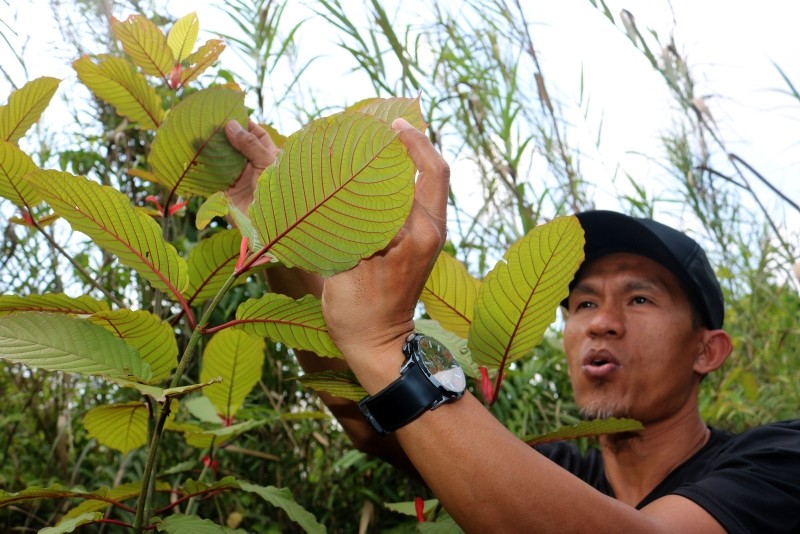

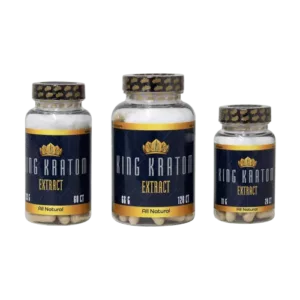
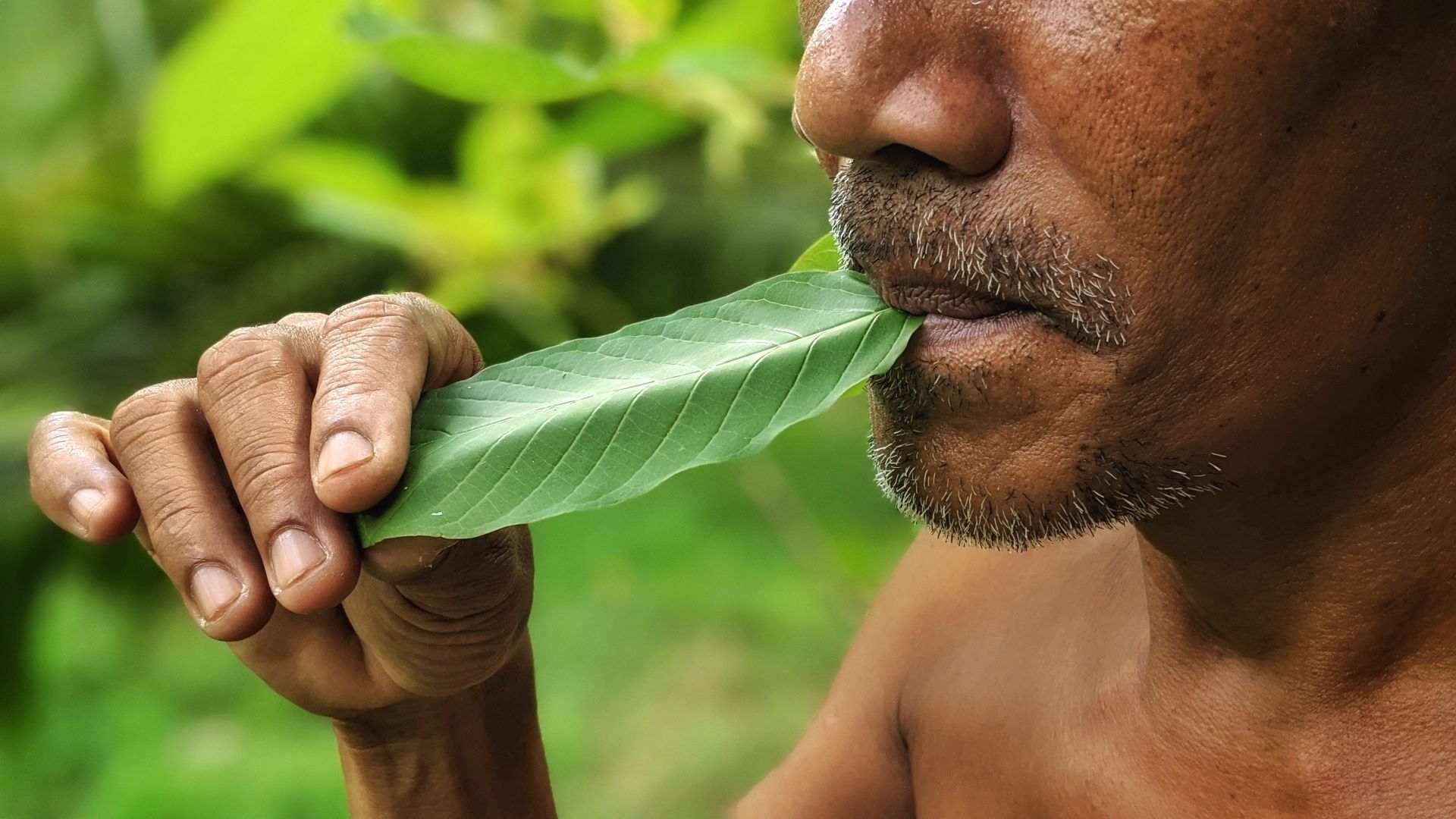

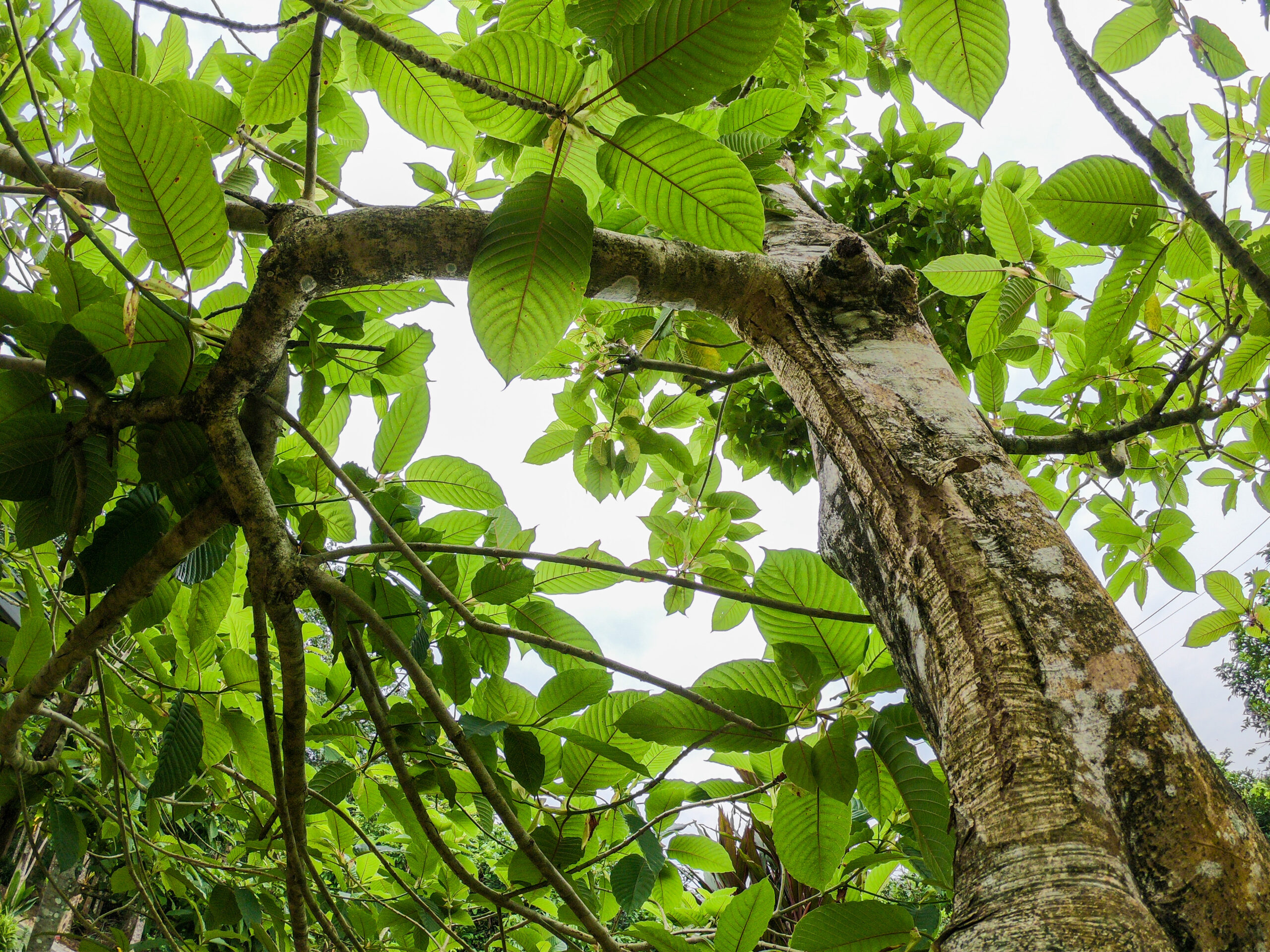
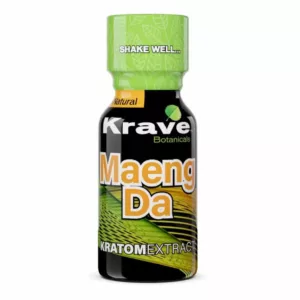
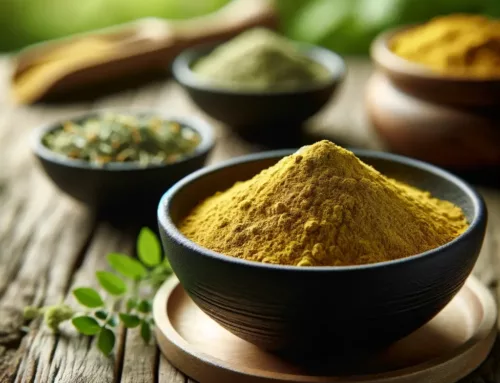
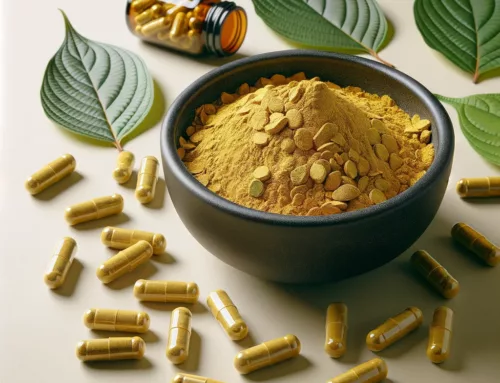
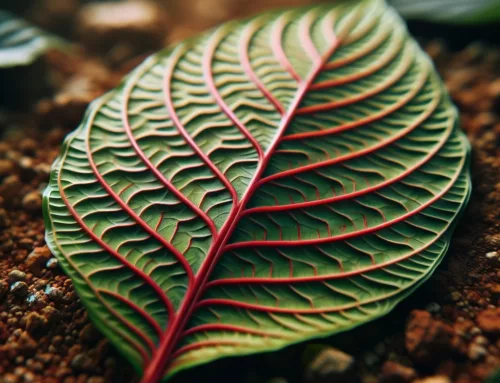
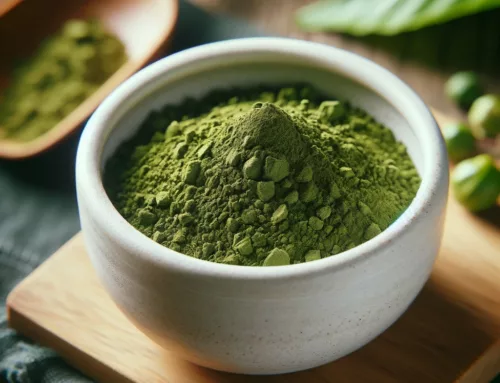

Leave A Comment